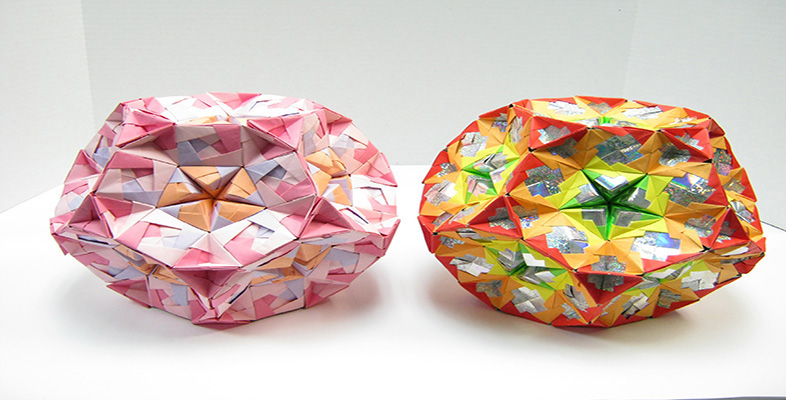Does the netsuke have a meaning?
This question takes us beyond just studying the function and use of the netsuke. A more focused question to start from is ‘What does the form of the netsuke represent?’ The answer is straightforward enough: it is the same story told in the comic verse by John Godfrey Saxe, ‘The Blind Men and the Elephant’. Yet the story is not Saxe’s creation; it has ancient precedents in several non-European religions, appearing in the Buddhist scripture Udana, and also later in Sufi Muslim and Hindu mysticism. Saxe’s poem doesn’t explain the figures on the netsuke – it is a separate representation of the same story that inspired the carving of the netsuke. They differ in their details and emphasis: the poem reflects the arguments between the men, whereas the netsuke shows the activity of the crawling men. The poem helps to interpret the netsuke because it is a version of the same story that the netsuke represents. In these eastern religious traditions the story is taken to symbolise the idea that things may be looked at from different points of view, or that partial information leads to argument and dissent. If the netsuke also carries these ideas through its life cycle, this may add another dimension to its social life: perhaps the netsuke might be interpreted as symbolising a concept appropriate to a diplomatic gift given as Britain and Japan attempted to find common ground in their approach to China in the 1920s. It was certainly chosen to be studied in this OpenLearn course because it symbolises different ways of looking at the same problem.
